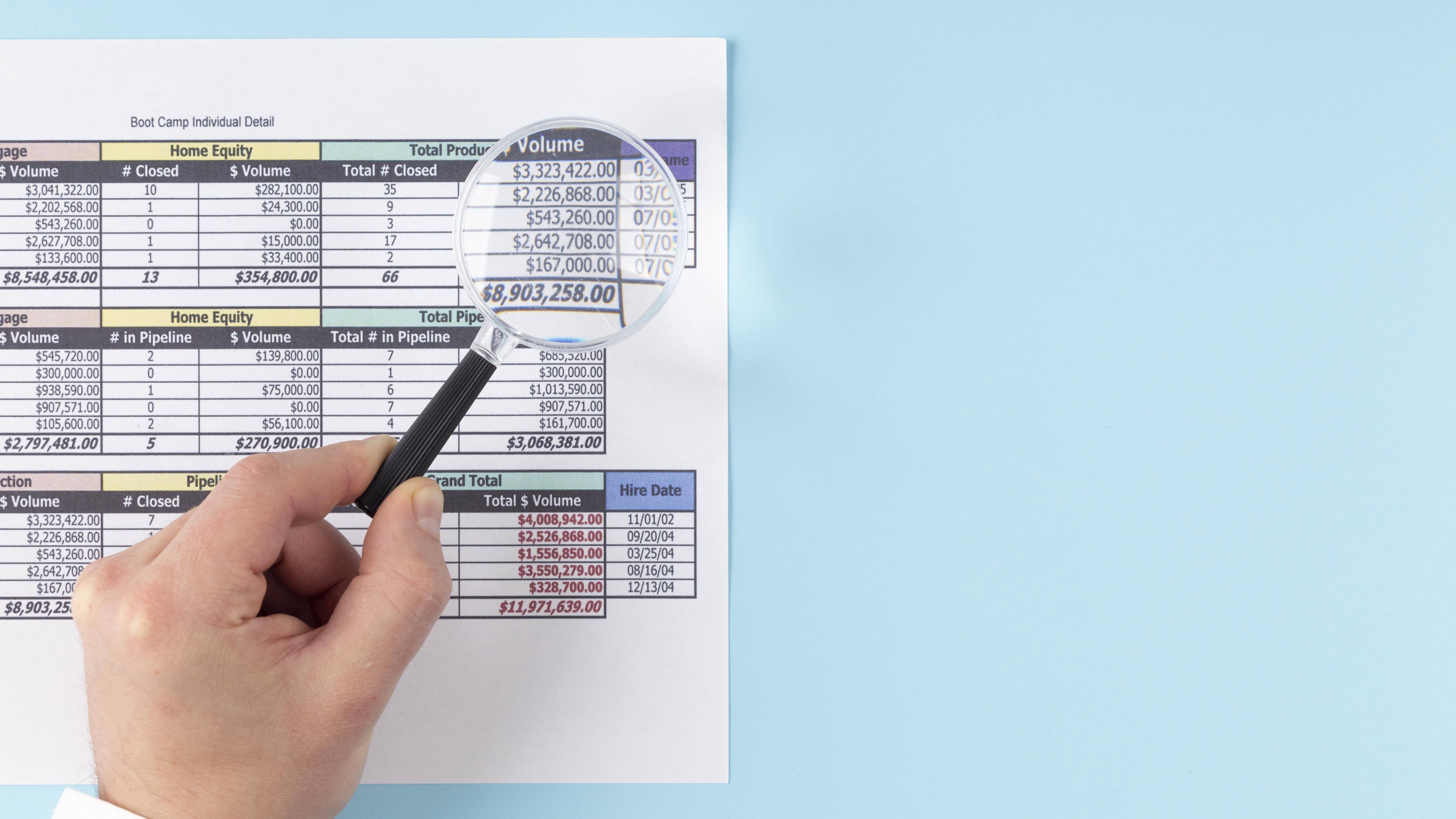Groups, assemblies, and kits/packages are various categories of items that bundle together multiple individual items for sale. In the realm of inventory management, understanding the nuances of different item types is essential for efficient operations and streamlined workflows. Among these are item groups, assemblies, and kit/packages, each serving unique purposes and presenting distinct features.
Item Types: Groups, Assemblies, and Kit/Packages
Tags: NetSuite, ERP, NetSuite Partner, NetSuite How To's, Inventory Management, NetSuite Tips, NetSuite Integrations, NetSuite Administrator, Inventory, Netsuite Language, Netsuite ERP, Inventory Status, Netsuite Updates, Items, NetSuite Features, NetSuite Support, Item Types
Here's a handy tip for creating drop-shipped items: you can set your preferred vendor and purchase price on the item record itself! This sublist on the Purchasing/Inventory subtab of the item record will reference the vendor in which you are ordering the item from.
Tags: NetSuite, ERP, NetSuite Partner, NetSuite How To's, Accounting, NetSuite Tips, Financial, NetSuite Integrations, NetSuite Administrator, Netsuite Language, Netsuite ERP, Custom Fields, Netsuite Updates, NetSuite Features, NetSuite Support, PO Rate
NetSuite Implementation – Should you bring in historical transactions?
With every new NetSuite implementation, there is a decision to make with what to do with historical data. Should you import just the month-end trial balances, or bring in all the individual transactions? Cleanest and most common choice is to bring in monthly trial balances. Though not impossible, it is a heavy lift to properly bring in the transactions into NetSuite.
Tags: NetSuite, ERP, NetSuite Partner, NetSuite How To's, Accounting, NetSuite Tips, Financial, NetSuite Integrations, NetSuite Administrator, data, Netsuite Language, Netsuite ERP, Netsuite Updates, History Record, NetSuite Features, NetSuite Support
NetSuite User Multiple Subsidiary Access using Roles
Have you ever come across a situation in your NetSuite where a complex subsidiary structure necessitates assigning certain users to specific subsidiaries while excluding others. Although seemingly straightforward, managing this can be a bit more intricate due to the limitation within the employee/user record, which only permits the selection of a Primary Subsidiary. This grants access solely to that subsidiary and any child subsidiaries linked to the chosen parent. If you need to grant access to multiple subsidiaries without a hierarchical relationship, the following steps will help you out!
Tags: NetSuite, ERP, Project Management, Reporting, NetSuite Partner, NetSuite How To's, Accounting, NetSuite Tips, Segmentation, Financial, NetSuite Integrations, NetSuite Administrator, Netsuite ERP, Subsidiary, Netsuite Updates, Changing Subsidiary, NetSuite Features, NetSuite Support
A Guide to NetSuite Item Types: Groups, Assemblies, Kit/Packages
Groups, assemblies, and kits/packages are various categories of items that bundle together multiple individual items for sale. In the realm of inventory management, understanding the nuances of different item types is essential for efficient operations and streamlined workflows.
Tags: NetSuite, ERP, Project Management, NetSuite Partner, NetSuite How To's, Accounting, NetSuite Tips, NetSuite Integrations, NetSuite Administrator, Netsuite ERP, Netsuite Updates, Items, Assembly Items, NetSuite Features, NetSuite Support, Kits and Packages
We understand that some companies have a segmentation setup that requires dependencies. For example, you might want to select a department on a transaction, and based on the department chosen, a specific group of classes from a list to follow.
Natively, making native dependencies between segmentations/classifications (Department, Class, Location) is not directly supported. However, to achieve this scenario, you may create Custom Segment(s) and make them dependent by following the steps below:
Tags: NetSuite, ERP, Project Management, Reporting, NetSuite Partner, NetSuite How To's, Accounting, NetSuite Tips, Segmentation, Financial, NetSuite Integrations, NetSuite Administrator, Netsuite ERP, Netsuite Updates, NetSuite Features, NetSuite Support, Segmentation Dependencies
In continuation of the Advanced PDF Amount Due, let's take a look adding Amount Paid on your Invoice PDF as well.
Tags: NetSuite, ERP, Project Management, Reporting, NetSuite Partner, NetSuite How To's, Accounting, NetSuite Tips, Financial, NetSuite Integrations, NetSuite Administrator, Transactions, Bill Payment, Netsuite ERP, Bill of Materials, Netsuite Updates, NetSuite Features, NetSuite Support, Amount Due
NetSuite standard invoice PDF configuration does not show the amount due when printing out an Invoice which can be a hinderance to a client that often has partially paid invoices. To resolve this, you will have to work in the Advanced PDF Source Code.
Tags: NetSuite, ERP, Project Management, Reporting, NetSuite Partner, NetSuite How To's, Accounting, NetSuite Tips, Financial, NetSuite Integrations, NetSuite Administrator, Transactions, Bill Payment, Netsuite ERP, Bill of Materials, Netsuite Updates, NetSuite Features, NetSuite Support, Amount Due
Keeping Your Vendor Records Organized: Printing Separate Vouchers in NetSuite
Ever run into a situation where your bill payments have so much detail they can't fit on a single check voucher? NetSuite can help!
NetSuite allows you to print a separate voucher page with all the remittance advice. When you print a separate voucher, the bill will not be listed on the voucher part of the check. Instead, the actual check voucher will indicate that the remittance advice is on a separate page.
Tags: NetSuite, ERP, Project Management, NetSuite Partner, NetSuite How To's, Accounting, NetSuite Tips, SuitePromotion, Promotions, NetSuite Integrations, NetSuite Administrator, Netsuite ERP, Netsuite Updates, NetSuite Features, NetSuite Support
Converting Non-Inventory Items to Inventory Items
Items initially categorized as non-inventory can be transformed into inventory items, enabling businesses to efficiently track stock levels. This change may be applicable for items that gain popularity and start to require stock holding.
This conversion process from a non-inventory to an inventory item, will consolidate the records, maintaining the transaction history from before the conversion alongside new inventory data post-conversion.
Tags: NetSuite, ERP, Project Management, NetSuite Partner, NetSuite How To's, Accounting, NetSuite Tips, SuitePromotion, Promotions, NetSuite Integrations, NetSuite Administrator, Netsuite ERP, Netsuite Updates, NetSuite Features, NetSuite Support









